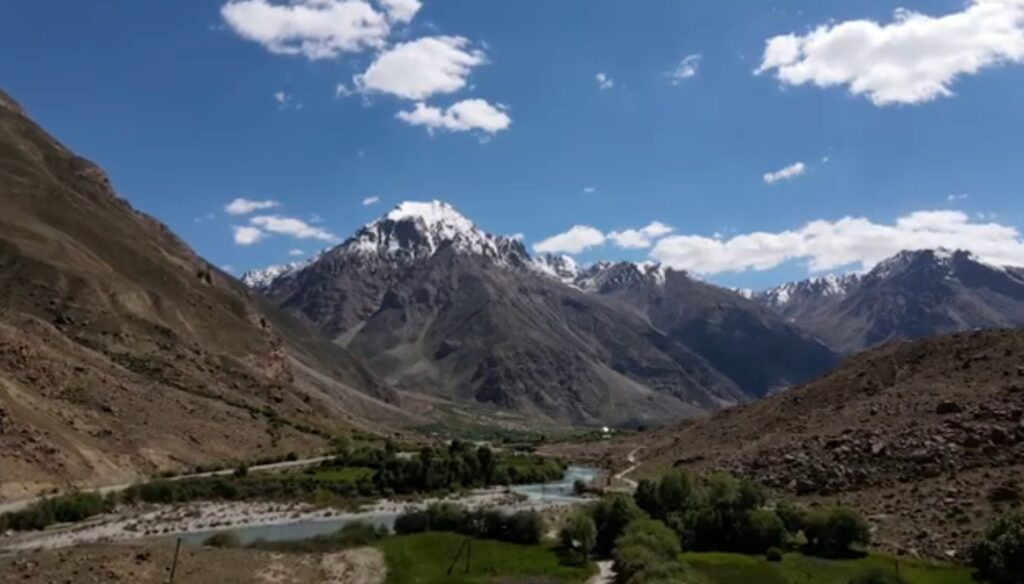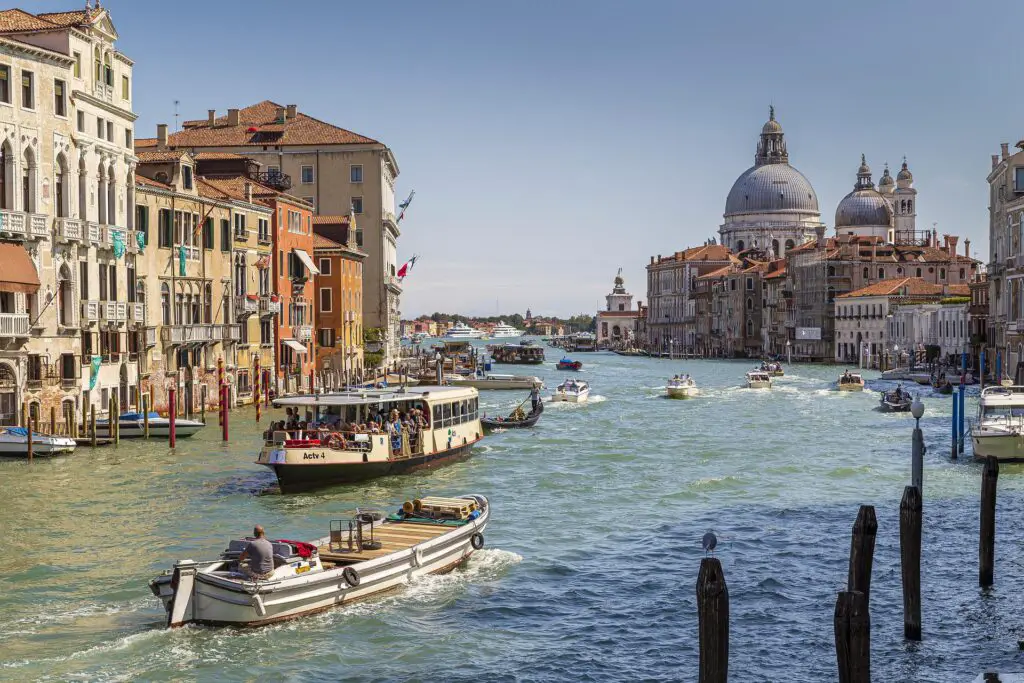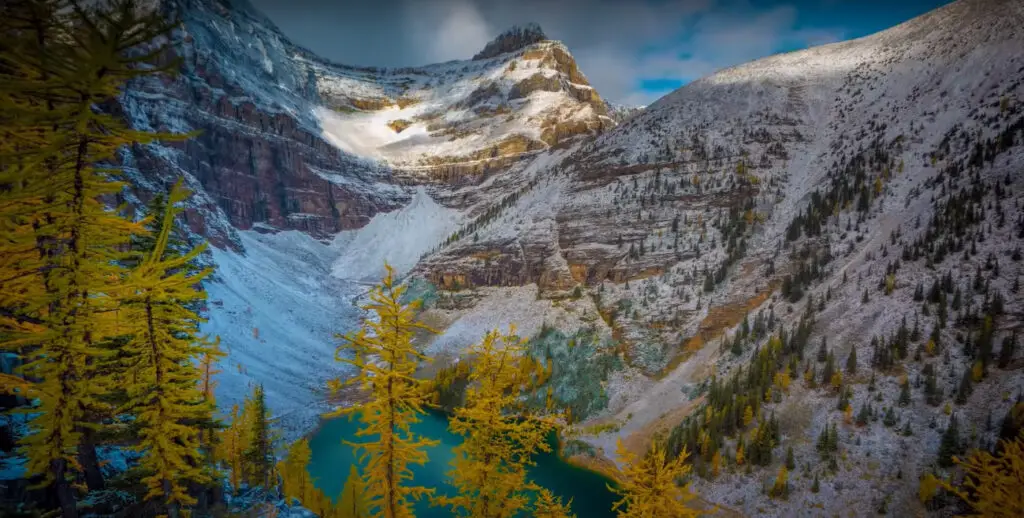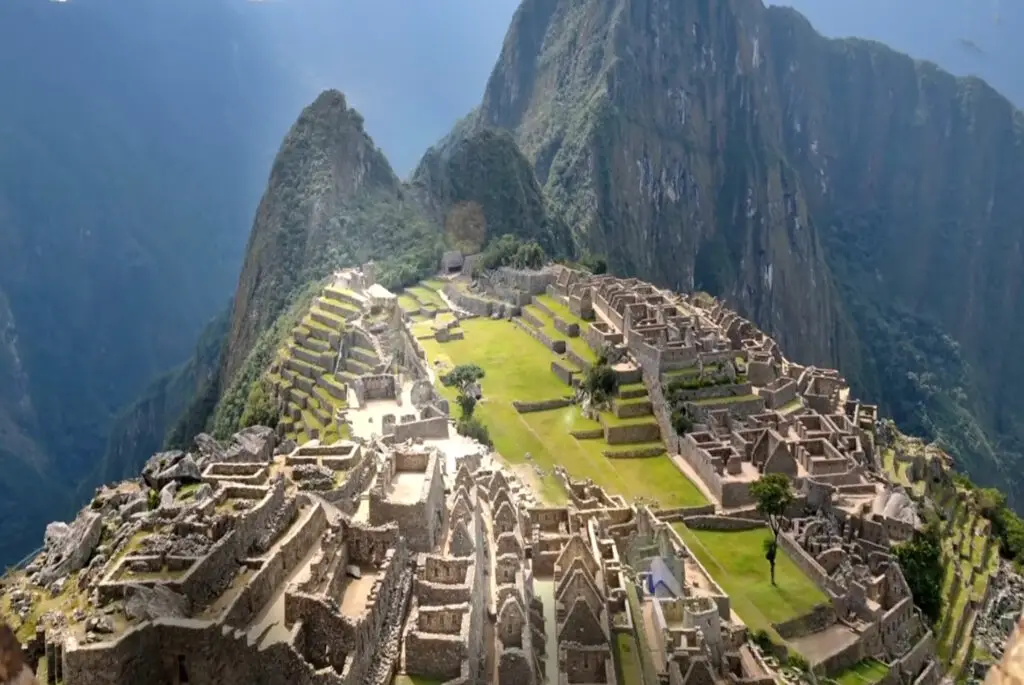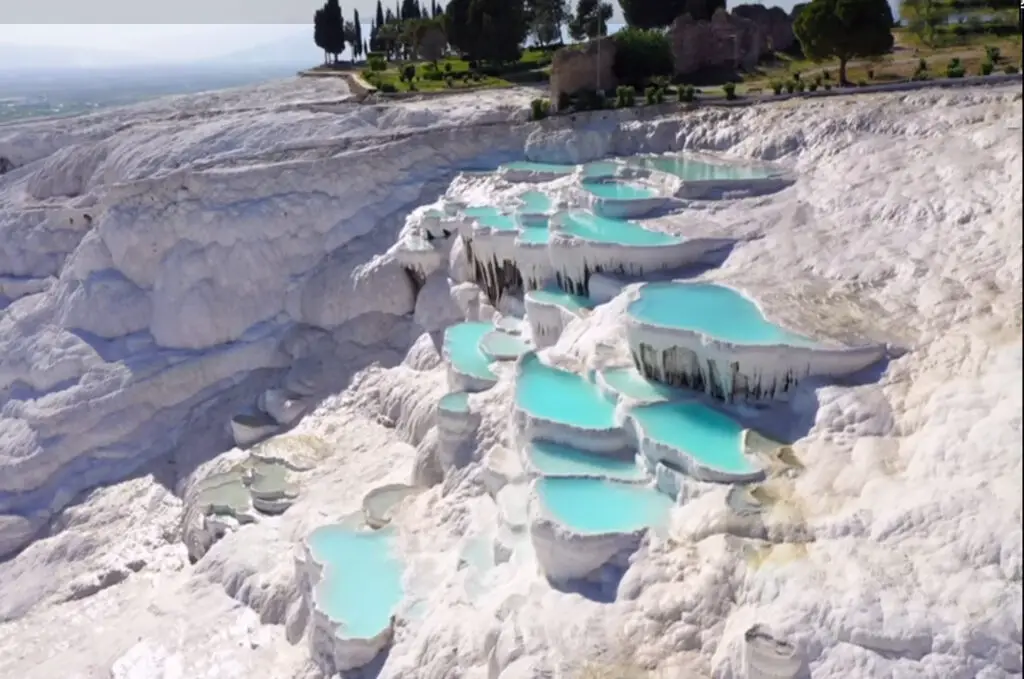The Pamir Mountains are a stunning destination for anyone interested in exploring the rugged beauty of Central Asia. With its towering peaks, deep valleys, and stunning scenery, the Pamir Mountains are sure to leave visitors awe-struck. Whether you’re interested in history, culture, or natural beauty, the Pamir Mountains are sure to have something for everyone.
The Pamir Mountains, situated at the crossroads of Central Asia and Pakistan, stand tall as one of the world’s highest and most awe-inspiring mountain ranges. Nestled between the Tian Shan, Karakoram, Kunlun, Hindu Kush, and Himalaya ranges, the Pamirs are a natural wonder known for their grandeur and significance.
Location of Pamir Mountain
The Pamir Mountains, also known as the Roof of the World, are a range of mountains located in Central Asia. The Pamir Mountains are an impressive sight, with towering peaks, deep valleys, and breathtaking scenery. In this article, we’ll explore the history, geography, and attractions of the Pamir Mountains.
Geographical and Cultural Diversity
Much of the Pamir Mountains lie within the Gorno-Badakhshan Province of Tajikistan, a region that boasts unique traditions, values, and customs. The southern borders of the Pamirs connect with the Hindu Kush mountains, stretching through Afghanistan’s Wakhan Corridor, Chitral, and Gilgit-Baltistan regions of Pakistan.
To the north, they merge with the Tian Shan mountains along Kyrgyzstan’s Alay Valley. In the east, the Pamirs extend to the “Eastern Pamirs,” featuring China’s imposing Kongur Tagh mountain, separated by the Yarkand valley from the Kunlun Mountains.

History and Geography of Pamir Mountains:
The Pamir Mountains have a rich history that dates back thousands of years. The region was part of the ancient Silk Road, which was an important trade route between China and the Mediterranean. The Silk Road played a significant role in the exchange of goods, ideas, and cultures between the East and the West.
The Pamir Mountains are located in Central Asia, covering parts of Tajikistan, Afghanistan, China, and Kyrgyzstan. The region is characterized by its rugged mountains, high altitude deserts, and deep river valleys. The highest peak in the Pamir Mountains is Kongur Tagh, which stands at an impressive 7,649 meters (25,089 feet).
The Roof of the World
Since the Victorian era, the Pamir Mountains have earned the moniker “Roof of the World,” possibly derived from Persian translations. “Pamir” itself is a geological term, describing a flat plateau or U-shaped valley encircled by mountains.
The Pamirs exhibit this unique terrain, with flat plateaus and valleys in the east and north, contrasting with the rugged gorges and valleys of the west. These plateau areas, known as “pamirs,” serve as summer pastures for the Kalash community.
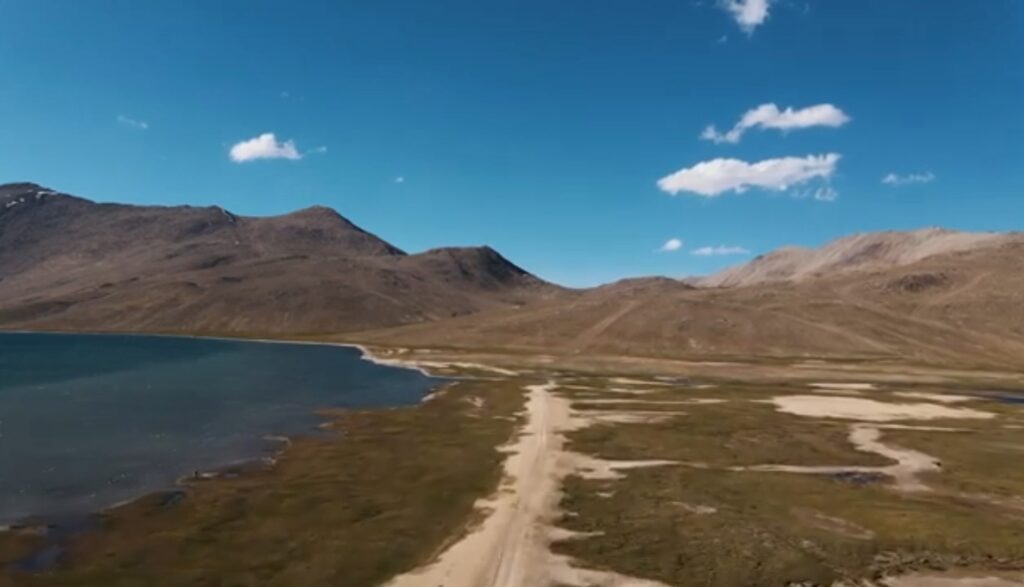
Attractions in Pamir Mountains:
The Pamir Mountains are home to several stunning attractions that draw tourists from all over the world. Some of the most popular attractions include:
Wakhan Corridor: The Wakhan Corridor is a narrow strip of land that stretches between Afghanistan and Tajikistan. The corridor is a popular destination for tourists looking to explore the rugged mountains and traditional cultures of the region.
Lake Karakul: Lake Karakul is a high-altitude lake located in the Pamir Mountains. The lake is known for its stunning scenery and crystal-clear waters.
Murghab: Murghab is a small town located in the Pamir Mountains. The town is known for its traditional Pamiri architecture and friendly people.
Pamir Highway: The Pamir Highway is a high-altitude road that stretches for over 1,200 kilometers (750 miles) through the Pamir Mountains. The highway is considered one of the most scenic roads in the world and offers breathtaking views of the surrounding mountains.
Glacial Beauty and Climate
The Pamir Mountains are adorned with numerous glaciers, including the famed Fedchenko Glacier, stretching an impressive 77 kilometers – the longest in the former USSR and outside the polar regions. Approximately 10% of the Pamirs are glaciated, making them a vital source of water in the region. However, glaciers in the Southern Pamirs are rapidly retreating, impacting the annual runoff.
With its snow-covered peaks and bitterly cold winters, the Pamirs experience short, cool summers. The climate corresponds to the tundra climate (ET) according to the Köppen climate classification, with annual precipitation supporting grasslands but few trees.
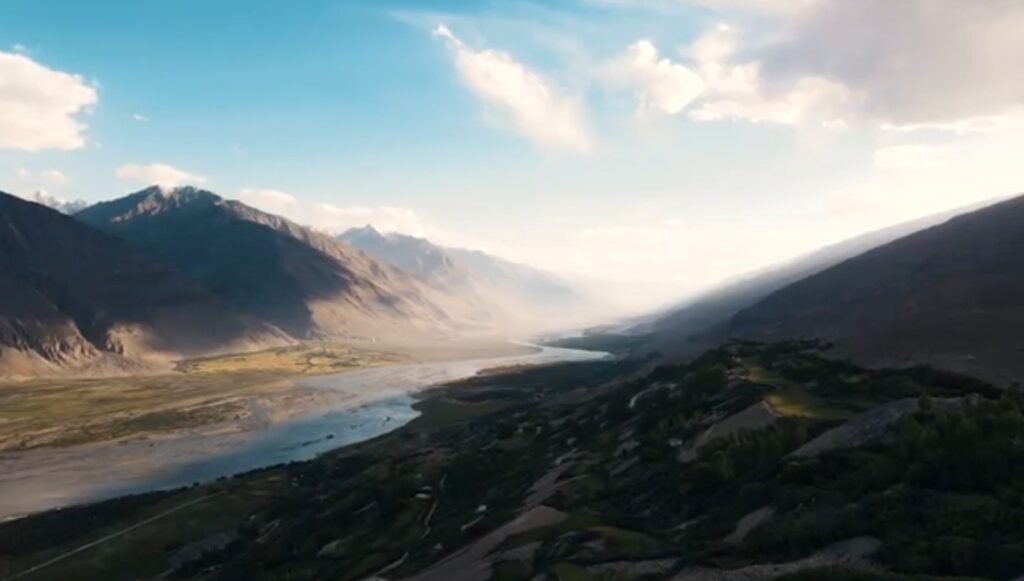
Historical and Strategic Importance
The Pamirs have played a crucial role in history as a strategic trade route on the Northern Silk Road, connecting ancient Chinese capitals to Kashgar in the west. These mountains have witnessed territorial conquests, conflicts, and political shifts over the centuries. Today, they house US, Russian, and Indian military bases, attesting to their geopolitical significance.
Spiritual and Symbolic Significance
The Pamirs hold religious symbolism for several cultures. Some researchers link them to Mount Meru or Sumeru, the sacred mountain in Buddhist, Jain, and Hindu cosmology. Considered the center of the physical and spiritual universes, the Pamirs evoke reverence and spiritual awe.
Tourism and Development
In recent years, tourism in the Pamirs has seen considerable growth, attracting travelers with its breathtaking landscapes and cultural richness. Regions like the Eastern Pamirs have experienced an increase in tourism, contributing to the area’s economic development.
In conclusion, the Pamir Mountains stand as a captivating realm of natural beauty, cultural diversity, and historical significance. Their glaciers, snow-capped peaks, and unique terrain make them a sight to behold, while their position at the crossroads of Central Asia adds to their strategic importance.
As the Pamirs welcome travelers and continue to evolve, they remain a source of wonder and spiritual significance, earning their place as one of the world’s most enchanting mountain ranges.

